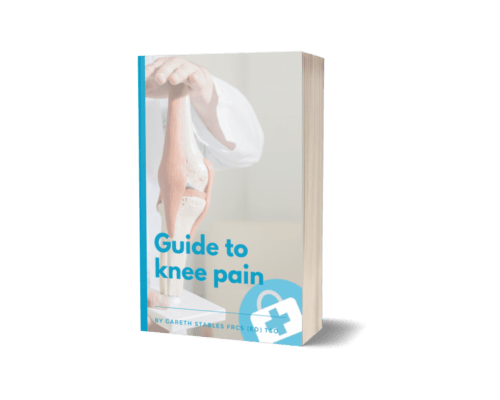The Surprising Link Between Movement and Exercise and Cytokines in Knee Arthritis

When it comes to knee arthritis, movement and exercise may seem counterintuitive. However, engaging in appropriate physical activity can have a positive impact on the cytokines involved in joint inflammation. In this blog, I’ll explore how movement and exercise can affect the cytokines in your joints, shedding light on the potential benefits for individuals with knee arthritis.
1. Anti-inflammatory Effects:
Regular exercise has been shown to have anti-inflammatory effects on the body, including the joints. Exercise stimulates the release of anti-inflammatory cytokines, such as interleukin-10 (IL-10), which help to suppress the inflammatory response in the joints. By engaging in physical activity, you actively promote the production of these beneficial cytokines, potentially reducing joint inflammation in knee arthritis.
2. Modulation of Pro-inflammatory Cytokines:
Exercise can also modulate the levels of pro-inflammatory cytokines involved in knee arthritis. Studies have demonstrated that exercise interventions can lead to decreased levels of cytokines such as interleukin-1 (IL-1) and tumour necrosis factor-alpha (TNF-alpha) in individuals with arthritis. By engaging in appropriate exercise, you may actively contribute to regulating the inflammatory cascade and mitigating joint inflammation.
3. Joint Lubrication and Nutrient Delivery:
Movement and exercise also play a crucial role in joint lubrication and nutrient delivery. Physical activity helps stimulate the production and secretion of synovial fluid, which lubricates the joints and provides nourishment to the cartilage. This can help improve joint function and reduce friction, easing symptoms of knee arthritis. Regular movement and exercise contribute to the overall health and vitality of your joints.
4. Improved Joint Stability and Muscle Support:
IEngaging in exercise that targets the muscles surrounding the knee joint can provide improved joint stability and support. Strengthening the muscles helps to offload stress from the joints, reducing the strain on the affected areas. Stronger muscles can act as protective buffers, promoting better joint alignment and potentially reducing the production of pro-inflammatory cytokines. Incorporating exercises that focus on muscle strength and stability into your routine can have a positive impact on knee arthritis symptoms.
Movement and exercise play a significant role in the modulation of cytokines and joint health in knee arthritis. By engaging in regular physical activity, you can promote the release of anti-inflammatory cytokines, regulate pro-inflammatory cytokines, improve joint lubrication, and enhance joint stability. It's essential to consult with a healthcare professional or a qualified exercise specialist to develop an exercise program tailored to your specific needs and limitations.
Remember, movement is medicine, and incorporating appropriate exercise into your routine can actively contribute to the management of knee arthritis symptoms. Embrace the power of movement and discover the positive impact it can have on your joints.


